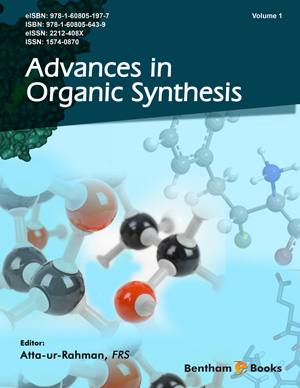Abstract
To develop a model used to predict the cytotoxicity, the radical-scavenging activity of a training set of 13 molecules, 2-, or 2,6-di-tert-butyl- and 2-methoxysubstituted phenols was investigated by combining two distinct approaches: first, the inhibition rate constant (kinh) using the induction period method for methacrylate polymerization initiated by benzoyl peroxide or 2,2´-azobisisobutyronitrile; and secondly, anti-DPPH (1,1’-diphenyl-2-picrylhydrazyl) activity by a DPPH scavenging test. Also, some descriptors, the homolytic phenolic O-H bond dissociation enthalpy (BDE), ionization potential (IPkoopman), HOMO (the highest occupied molecular orbital) and LUMO (the lowest unoccupied molecular orbital) were calculated by the DFT/B3LYP method. For both human submandibular gland carcinoma cells (HSG) and human gingival fibroblasts (HGF), a linear quantitative structure–activity relationship (QSAR) for 50% cytotoxic concentration (CC50) and kinh, but not IP, anti-DPPH activity or octanol/water partition coefficients (log P) was observed (p<0.01). Also, a significant QSAR for the cytotoxicity towards HSG cells vs. BDE was observed (p<0.05). The acceptable QSAR obtained for the cytotoxicity vs. kinh suggested that the cytotoxicity of complex phenols may be dependent on radical reactions. The cytotoxicity of 2- methoxyphenols toward HSG cells was related to their HOMO - LUMO gap (chemical hardness reactivity, η), possibly due to the bioreactivity of these compounds. This QSAR model showed that the cytotoxicity for a wide variety of complex and multisubstituted phenols might be mediated by a radical mechanism.
Keywords: QSAR, tert-butyl or ortho-methoxy-substituted phenols, cytotoxicity, inhibition rate constants, theoretical parameters.






















